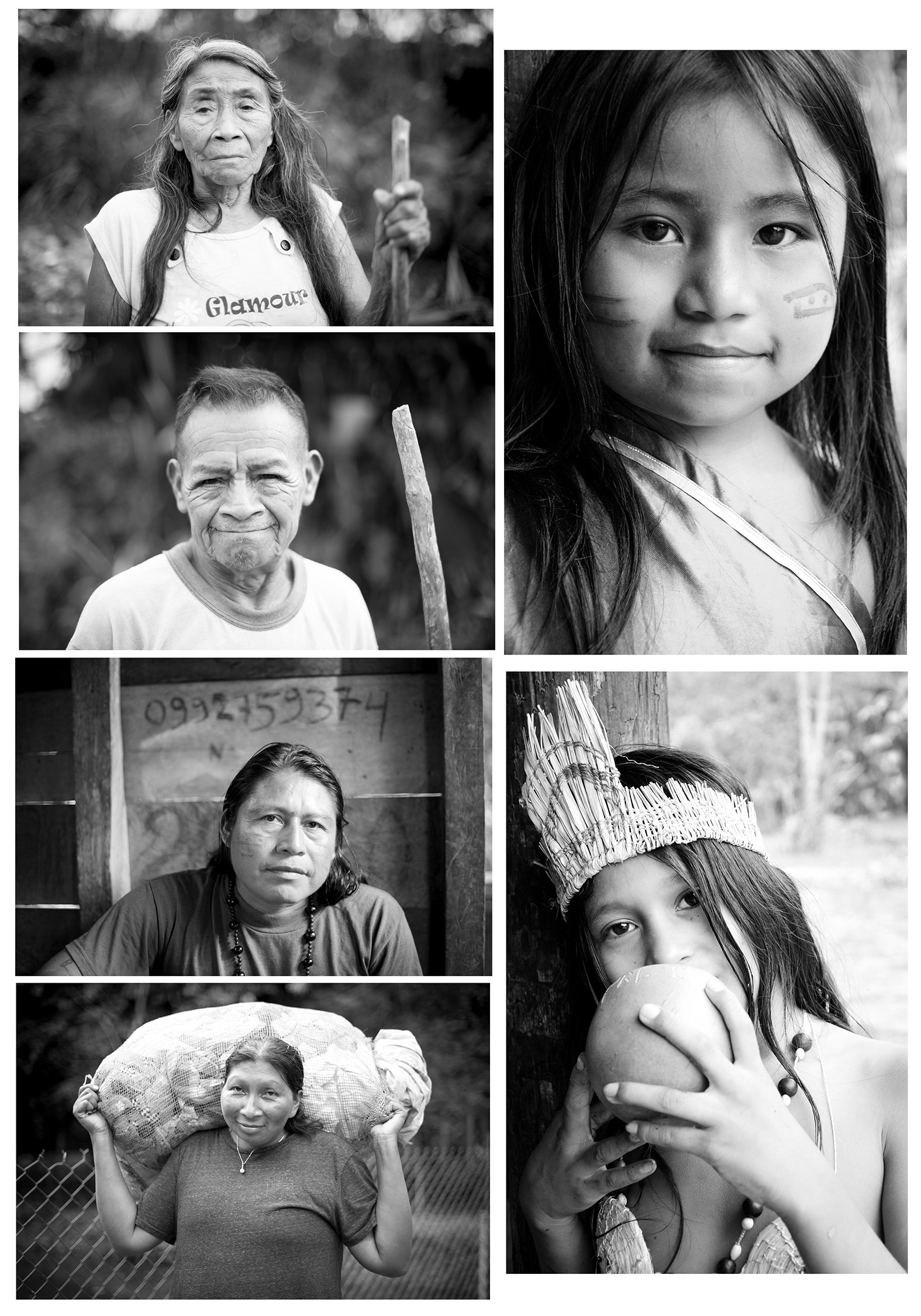
Dum Spiro Spero - While I Breathe, I Hope
Wiphala
Wiphala is the flag that represents the Indigenous peoples of the Andes in South America. It symbolises unity, respect for nature and collective balance. Inspired by these values, Wiphala Studio is grounded in environmental awareness, cultural respect and connection through photography.
At its core, Wiphala is about creating portraits with meaning — images that reflect identity, presence and humanity.
Practice
Kat Beyle is a Melbourne-based photographer and visual artist with more than ten years of experience in portraiture, documentary storytelling and creative direction. Originally from South America and now settled in Australia, her work is informed by a strong sense of colour, style and cultural awareness.
Her practice blends fine art sensitivity with a socially conscious approach. Through projects such as Portraits for Peace, Metanoia, Apricity and community-based exhibitions, Kat explores identity, human connection and the emotional landscapes of everyday life.
She has exhibited internationally in Australia, New Zealand and Turkey, including most recently at the Head On Festival in Melbourne.
With a background in analogue photography, colour theory, styling and documentary practice, Kat is known for crafting images that feel intentional, intimate and visually striking. She often styles and directs her own shoots, combining composition, natural light and storytelling with a strong artistic identity.
Alongside her photographic work, Kat is expanding into Art Direction, with a focus on editorial, branding and conceptual visual projects. Her practice continues to evolve, driven by curiosity, cultural sensitivity and a commitment to meaningful visual communication.
Some of Our Clients:
• Nelson City Council
• Fletcher Vautier Moore
• Te Whare Ora - The Healing Hut
• Two Thumbs Brewing
• Classical Pilates Teacher Training (Queenstown-Nelson)
• Muesli and Co
• Nurses Investing For Wealth
• Shared Communities
• Pacific Communities
• Latin America & Spain Film Festival (LASFF)
• Cultural Conversations
• Makeshift Spaces
Exhibitions:
• Tuku 23: 23 People, 230 Seconds, 2/3 Questions, 23 Photographs April 2023 - Cultural Conversations, Nelson.
• Beyond Borders: June 2023 - The Refinery ArtSpace, Nelson.
• Apricity: November 2023 - By Whakatū Residency Sharing, Nelson Arts Festival, Suter Theatre, Nelson.
• Portraits for Peace: June-July 2024 - Cultural Conversations, Nelson.
• Portraits for Peace: July 2024 - Gaza Baazar, Nelson
• Portraits for Peace: August 2024 - Food for Peace, Christchurch
• Spring and Summer Exhibitions: September-December 2024, Nelson Suter Art Society, Nelson
• Autumn Exhibition 2025, Nelson Suter Art Society
• Peace Now: May- June 2025 - International group exhibition Artquake-15 Niğde Art Gallery, Cappadocia Turkey
• Power of Colour - 30 June- 20 July 2025 - McKee Gallery, Suter Art Gallery Nelson
• Spring Exhibition: 15 October- 2nd November 2025, Nelson Suter Art Society
• Biophilia: the human - nature bond, Head on Photo Festival- open program exhibitor- 10/30 November 2025 Neruda’s Brunswick, Melbourne, Australia
Art Galleries & memberships:
• Nelson Suter Art Society
• Wall to Wall Gallery (where you can find my Fine Art Prints )
Documentary work 2008-2022
Kat Beyle studied advertising for 3 years at the Universidad del Mar in Chile, where she discovered photography through an art history course. It was at that moment when everything made sense and she decided to change her career path, subsequently pursuing documentary photography at the Incacea Institute in Santiago. Since her graduation in 2009 she has undertaken various works and personal projects, which you can discover in this page.
Abandoned Treasures 2008
Beginnings in documentary photography. I have always been fascinated by other cultures, the unknown, and nature. My initial records showcase images of abandoned places in Valparaíso.
Opre Gitanos 2010
This is the name of a project I carried out for my final exam at Incacea. I worked with local gypsies for a year. The idea was to showcase their culture, the striking colors of their tents, attire, and to capture the essence of their daily life. Their culture is very fascinating, and I've always felt an affinity for nomadic lifestyles and the sense of detachment, even though I hadn't traveled alone until that point. But I recall that my first journey came shortly afterward to Chaitén, where "Señora María," my gypsy protector, inspired me to travel.
Kamak Maki, Ecuador 2015
I had the privilege of spending a period with this community led by "Don Alonso" (color photo), who safeguards the Quechua culture from the encroachment of illegal gold mining. He and his wife protect vast stretches of land and strive to preserve their culture for future generations. The elders in the community don't speak Spanish, only Quechua, and they don't even know their own ages. It's a community I would love to return to and assist with more resources.
Vietnam 2019
This was the final journey I embarked upon before the pandemic. In fact, I returned to New Zealand in February, and by March, the borders had closed. I was incredibly fortunate to have the opportunity to experience this breathtaking culture, with landscapes and temples that leave you speechless, much like the faces of its people. I could sense the pain that the country carries (especially the elderly, who lived through the times of war).
Matariki and Hangi Preparation 2023
The Māori cultural tradition of Matariki, also known as the Māori New Year, holds a significant place in the hearts and calendars of New Zealanders. Matariki marks the rising of the Pleiades star cluster and signifies a time of reflection, renewal, and connection with both the land and the heavens. During this celebration, communities come together to honor the past, celebrate the present, and look forward to the future.
One of the most cherished aspects of the Matariki celebration is the preparation and sharing of a traditional Māori feast known as "hangi." The hangi is a cooking method that involves preparing and cooking an assortment of foods beneath the earth, using the natural heat generated by heated stones buried in a pit. This ancient method not only imparts a unique flavor to the food but also symbolizes the deep connection between the Māori people and the land they inhabit.








